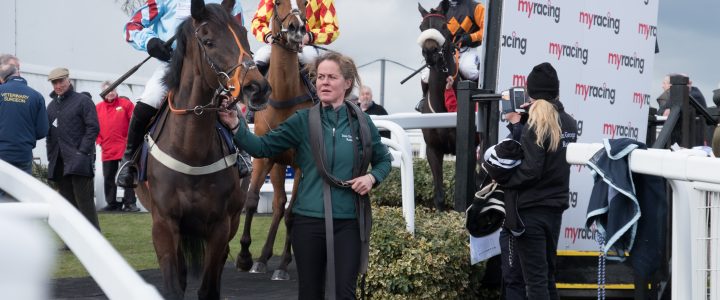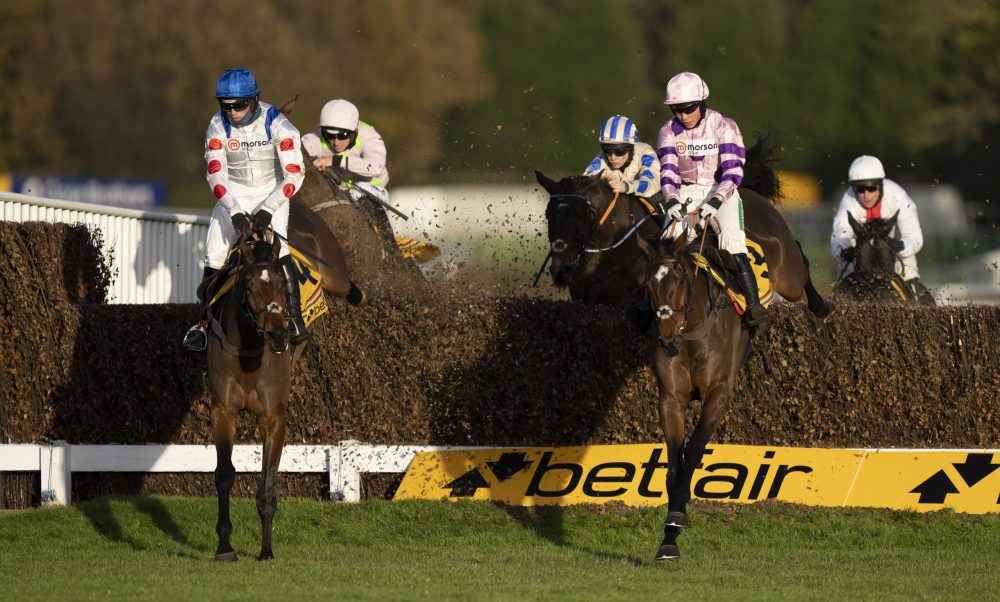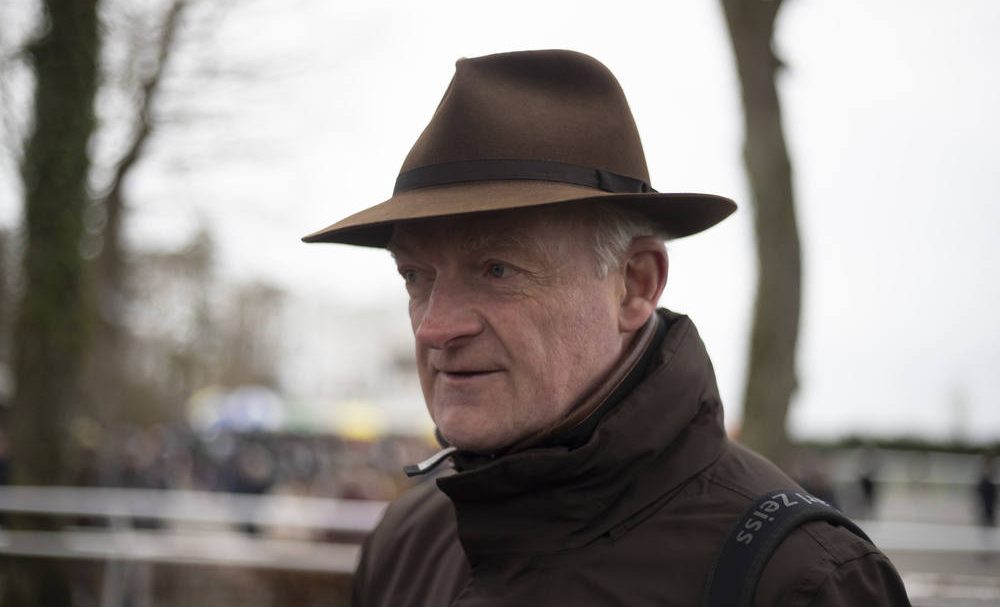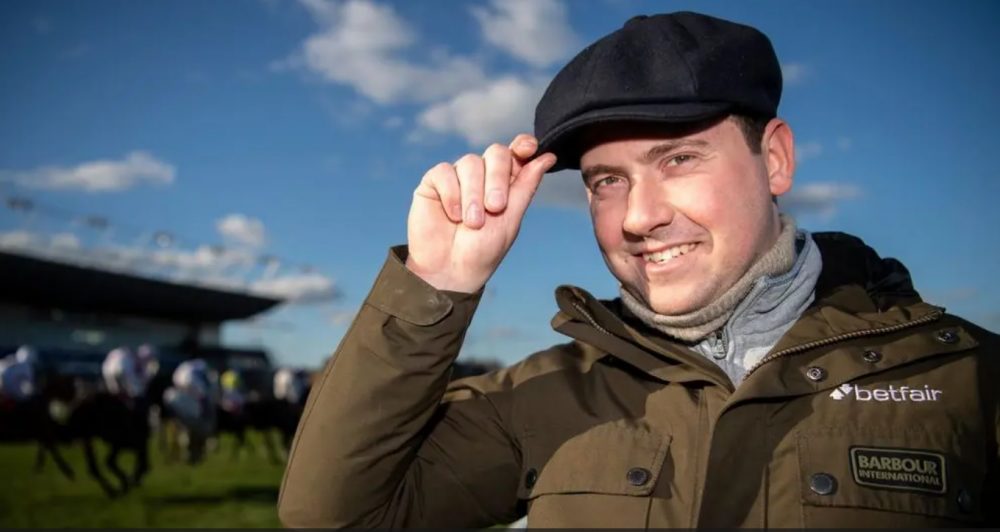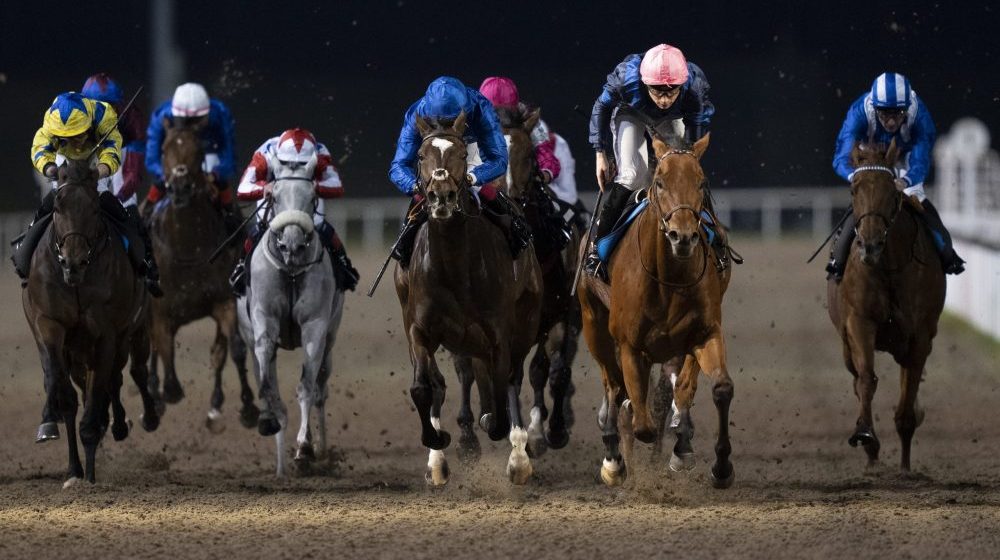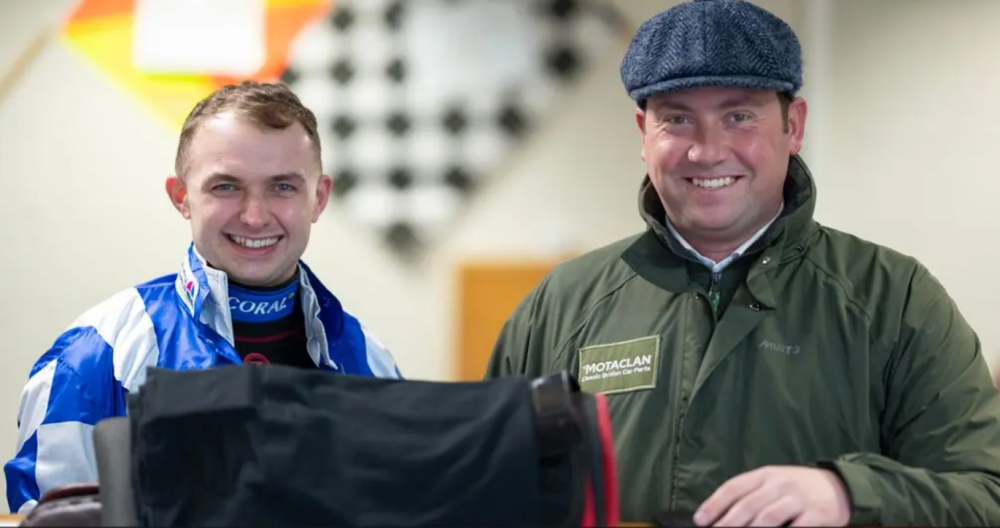Top 10 Statistics For Horse Racing Betting
There are many more than 10 statistics to watch out for in horse racing betting, but our top ten guide gives you some ideas on which ones to watch out for. Keep reading to find out which trainers target certain tracks and which track Ruby Walsh and Ryan Moore ride best! Our horse racing tips take all these statistics into account, too!
- Trainer form – If a trainer has been firing in the winners in the last fortnight, don’t be quick to write his horses off, even if they are outsiders. In contrast, if a trainer has a record of 0-30 in the last two weeks, it might be best to tread with caution
- Trainer-jockey combination – Look at the record of the two when teaming up, if they are five from seven together, it’s a fair guess the horse is well fancied
- Course record (trainer) – Check the data on our racecourse pages to see which trainers have a good record at the course. There is every reason to think that will continue in the future
- Course record (horse) – If a horse has a ‘C’ next to his name, that means he has won over the course before, which can be key at idiosyncratic tracks like Epsom, Fontwell and Plumpton. If the horse has ‘CD’ it means he has won over course and distance, which is even more important
- Course record (jockey) – Nobody rides Cheltenham better than Ruby Walsh and Barry Geraghty, while Ryan Moore is the man at Ascot
- Distance travelled – Often ignored, but there are usually reasons why trainers send their horses on long distances to the races, tt’s not for a day out!
- Previous market moves – Check if your horse was well backed the last time it won. If it is being well backed again, chances are connections fancy it again. It’s also worth keeping track of big market movers on horses that don’t run well, as if connections fancied it last time, especially in similar conditions, they could be expecting a big run
- Race record (trainer) – Some trainers target their best two-year-olds at certain races for their debuts. It’s worth checking previous years’ results of these races to see if a pattern emerges (for example, Richard Hannon may have won it four times in the last six years).
- Class factor – Is your horse being upped in class? If a horse ran well in a Class 3 contest last time and is now being dropped to Class 4 company, it could be a good thing
- Proven at trip – Has your horse won at this distance before? Or has he tried it twice before, but been beaten out of sight on both occasions? It’s worth finding out.
The Statistics Explained
Chances are, either now or in the past. there’s been a pub you’ve called your ‘local’. There could be several reasons for this, such as you like the beer, the company or the locality. But it would be the place you’d be more than likely to end up in. People tend to be creatures of habit and trainers in horse racing are no different.
The way horses are trained has changed over the last 30 or so years, but the most successful trainers tend to stick to a tried and tested method. They each have their own favourite courses and races, which they will not veer too far from over the course of a season.
Nicky Henderson’s statistics at Newbury, his local track, speak for themselves. The same is true of Henderson’s horses at Kempton, where he is also top trainer. He is also happy to travel north to Doncaster, often because the ground is often decent up there in the depths of winter. It is no coincidence that in his novice chase season Sprinter Sacre, perhaps Henderson’s best-ever chaser, ran at all three tracks.
Paul Nicholls likes to target the West Country tracks such as Wincanton, Taunton and Exeter, which are close to his Ditcheat base. He tends to run his best staying novice chaser in the Rising Stars race at Wincanton at the beginning of November, while the likes of Irving, Denman and Silviniaco Conti have also run at the track. Donald McCain has enjoyed great strike rates at Bangor, with Peter Bowen and Evan Williams being the men to follow at Ffos Las.
Though perhaps not as significant as the horse’s recent form, statistics are important all the same. Consider trainer form for a moment. If John Gosden has saddled 12 winners in the last 14 days, should you really disregard the two-year-old he’s running in the maiden at Chester who has failed to make the frame in his first two outings? Meanwhile, what if he hadn’t had a winner in weeks? Should his horse in the one-mile handicap at Salisbury really be a 5/4 favourite?
Horse racing was made for the stats man and there are millions if you go looking in the right things. They can help us find a winner or two that we may otherwise have missed with statistics such as trainer-jockey combinations. Would it change your view on a race if you found out that Richard Johnson usually boasts a 22 per cent strike rate over the course of a season, but when he teams up with a certain trainer that increases to 38 per cent? You might also want to think about the big-name jockeys such as Walsh, Geraghty, Moore, Dettori, and why they would ride a horse for a trainer they rarely team up with. These blokes don’t need to ride any old plodder, so presumably, there’s a good reason why they have been signed up.
Then there are the long travellers. Why, for instance, would a trainer send his horse all the way from Inverness to Yarmouth if he didn’t think he had a chance? We’ve all heard the phrase ‘horses for courses’, coined for those animals who perform 10lb better at some tracks than elsewhere. Check out if a horse has run well at the course before, if he’s won there four times, chances are he likes it. If he’s refused there twice before, think again before backing it.

